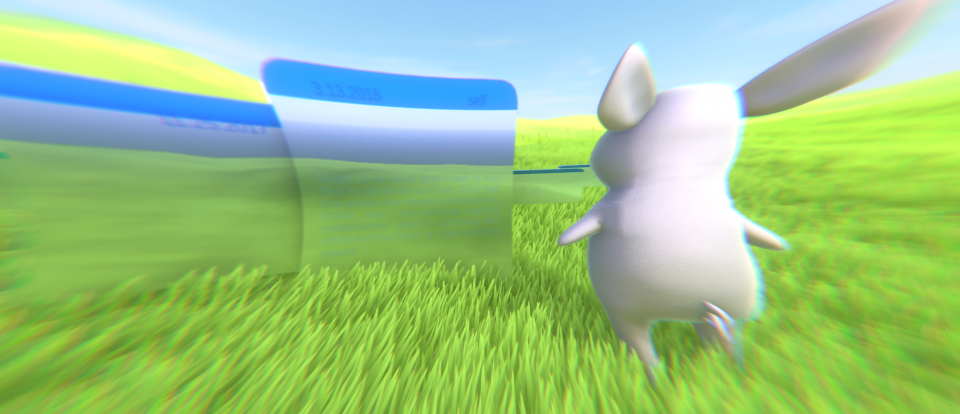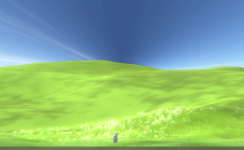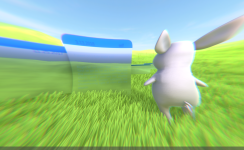
Garden of Eden
Digital representation starts and ends with superficiality.
DATE
2020CONTEXT
Created in the Winter 2020 Worldbuilding class (DESMA 171), taught by Eddo SternMEDIUM
Unity 3DPEOPLE
Zhengyang Huang : Game DesignerEarly 2000s held a hopeful and even utopian view for the online world of Web 2.0, with Linden Lab’s simple idea of a virtual platform for Second Life and in the environment of Windows XP’s desktop background of a blissful, grassy field; both evoke the sensation of a virgin, untouched digital landscape. Garden of Eden expands on that landscape and it’s eventual destruction at the hands of the creator/controller dynamic. Garden of Eden focuses on avatar-creating as both collective and individual, where the avatar is a hybrid of similarity and difference. By collecting posts from second life forums and rewriting and re-imagining them into diaries of avatars, I try to zoom in on the discourse around creating digital representations. Digital representation starts and ends with superficiality – it starts from 3D mesh appearances and ends as selfies on a blog, from sensors to numbers and graphs, or from face detection to filtered Instagram stories. The behavior, language, and community becomes a somewhat hidden knowledge. In this process, we often act in the middle space between personal agency and the digital environment we collectively create, inhabit and post about.



